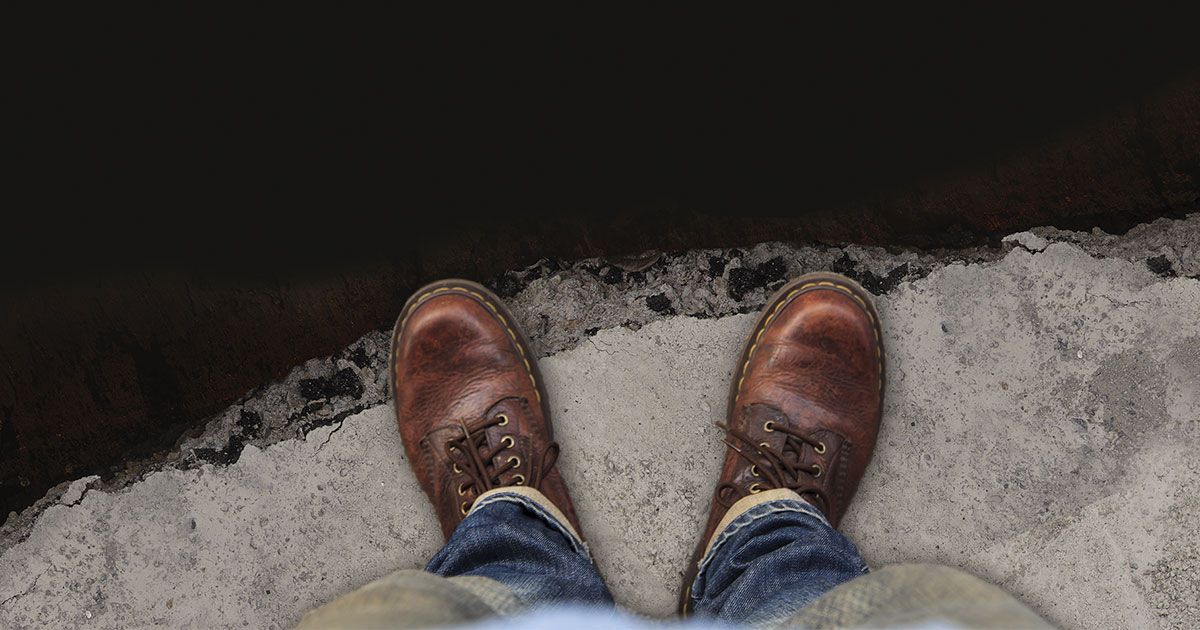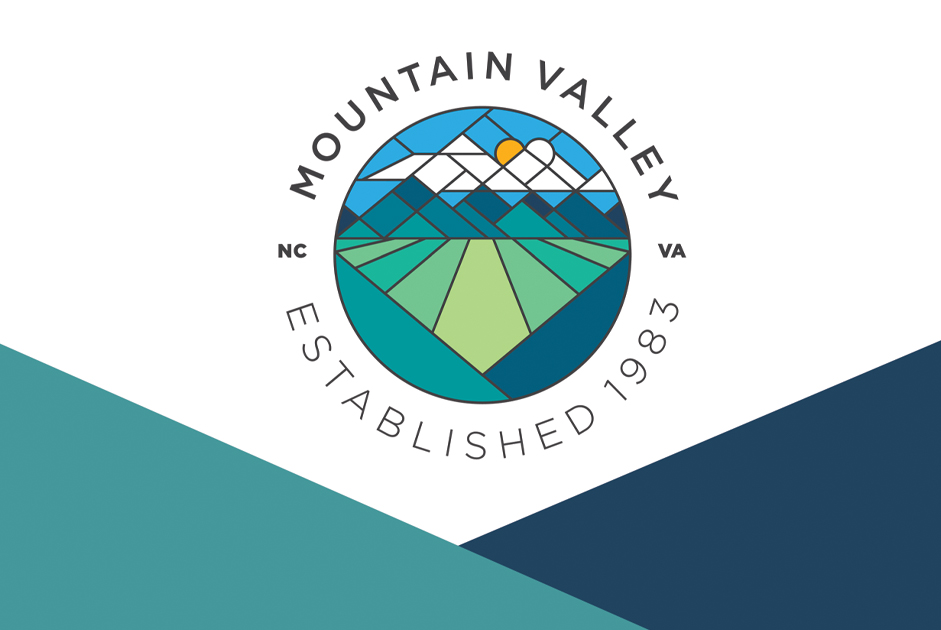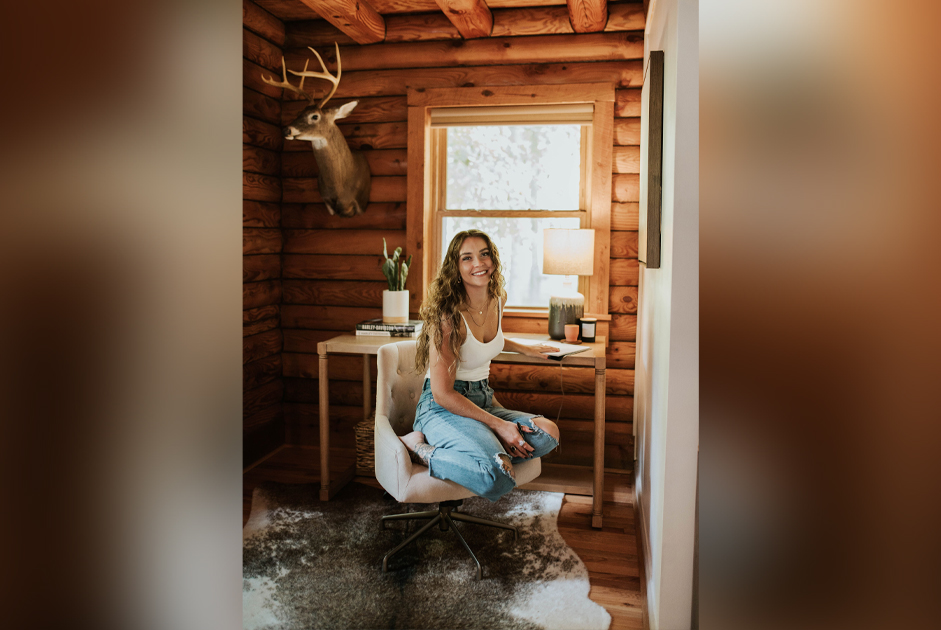Considering that the National Institute of Mental Health (NIMH) reports that approximately 10 percent of people in the U.S. experience some type of phobia, it should come as no surprise that having a phobia is the most common mental disorder in the United States.
The list of phobias is just as long as the names of the various fears. From the common phobias— “acrophobia” (fear of heights), “glossophobia” (fear of public speaking), “arachnophobia” (fear of spiders) and “aviophobia” (fear of flying)—to the rarer phobias— “coulrophobia” (fear of clowns), or “nomophobia” (fear of being without mobile phone coverage)—having a phobia occurs more than one may imagine.
What exactly is a phobia and how would one diagnosis this mental disorder? According to a Livewell.com article, “How many people have phobias?” a phobia falls under the category of anxiety disorders. This class would include disorders such as “generalized anxiety disorder, panic disorder, post-traumatic stress disorder and obsessive-compulsive disorder.”
While it is extremely difficult for even the most seasoned anxiety disorder experts to pinpoint exactly what causes a phobia, it is clear that most of them likely stem from genetics, life events or culture. Anyone suffering from a phobia could either have the anxiety disorder begin at a very early age or emerge later in life. Regardless of when the phobia decides to show up, one thing is clear: the fear it induces is equal to the stress of severe injury or even death. While determining how a phobia may occur is not clear, the symptoms it can produce is. Those suffering from phobias can experience the following physical and mental indicators: dizziness, trembling and increased heart rate; breathlessness; nausea and stomach ailments; a sense of unreality; preoccupation with the “fear object”; and finally, fear of dying.
While slight fears about certain things or situations are completely normal, when these fears become phobias, they can begin to alter, or even ruin, people’s lives. Phobias can have a troubling impact on an individual’s health and mental wellbeing, causing anxiety levels to rise and, in the most severe cases, preventing individuals from their usual day-to-day activities. This said, finding coping mechanisms and techniques to overcome a phobia is extremely important. For those struggling with overcoming a phobia, seeking professional medical help is recommended first. However, read on for six relatively stress-free methods to begin gaining control of these fears.
Method #1: Flooded exposure to phobia. This may be the toughest process of conquering the phobia, but for many it has quick results. With this technique, the fear is tackled head-on. The individual confronts the phobia, allows the feelings to overcome them, then continues to be near the object/thing until the fear subsides. This is repeated until the feelings of anxiety have lessened. Through repeatedly confronting the phobia, the individual eventually realizes that the situation may be unpleasant, but not harmful.
Method #2: Desensitizing yourself. Also known as a gradual exposure method, this technique is great for those who cannot begin to imagine the thought of trying the flooded exposure technique. When the person is desensitizing themselves to the phobia, they are simply gradually exposing themselves to the dreaded thing/situation. For example, if they are terrified of heights, they would begin by going into a tall building, allowing themselves to look over a ledge, but withdrawing once the anxiety begins. The individual could try by looking down for five seconds, then build up until they have conquered the fear.
Method #3: Grabbing a partner for help. Just like gradual exposure, this slow confrontation method engages the support of a caring friend or family member for help. For example, if the individual is terrified of crowded places, they can have a friend accompany them. Then, when walking through a crowd, have the friend move ahead, so that the individual has to walk alone through the mass. Knowing that the support is close by, easily helps many conquer their fear.
Method #4: Educating oneself on relaxation techniques. While it is excellent to have a partner aid in the conquering of one’s fear, at times this method is not available. Therefore, it is vital to educate oneself on various relaxation practices to help overcome the anxiety that comes with phobias. Simply breathing deep from the abdomen can quickly quell feelings of panic and slow down shallow breathing and heartbeats.
Method #5: Trying out hypnotherapy. Sure, many consider hypnosis to be a smoke and mirrors method, nevertheless, there is a strong percentage of those who swear by trying this practice for overcoming their phobia. With hypnotherapy, the individual goes to a medical professional experienced in hypnosis for help. The professional will help the patient –while under hypnosis—not just confront the fear, but also discover where the phobia stems from.



















